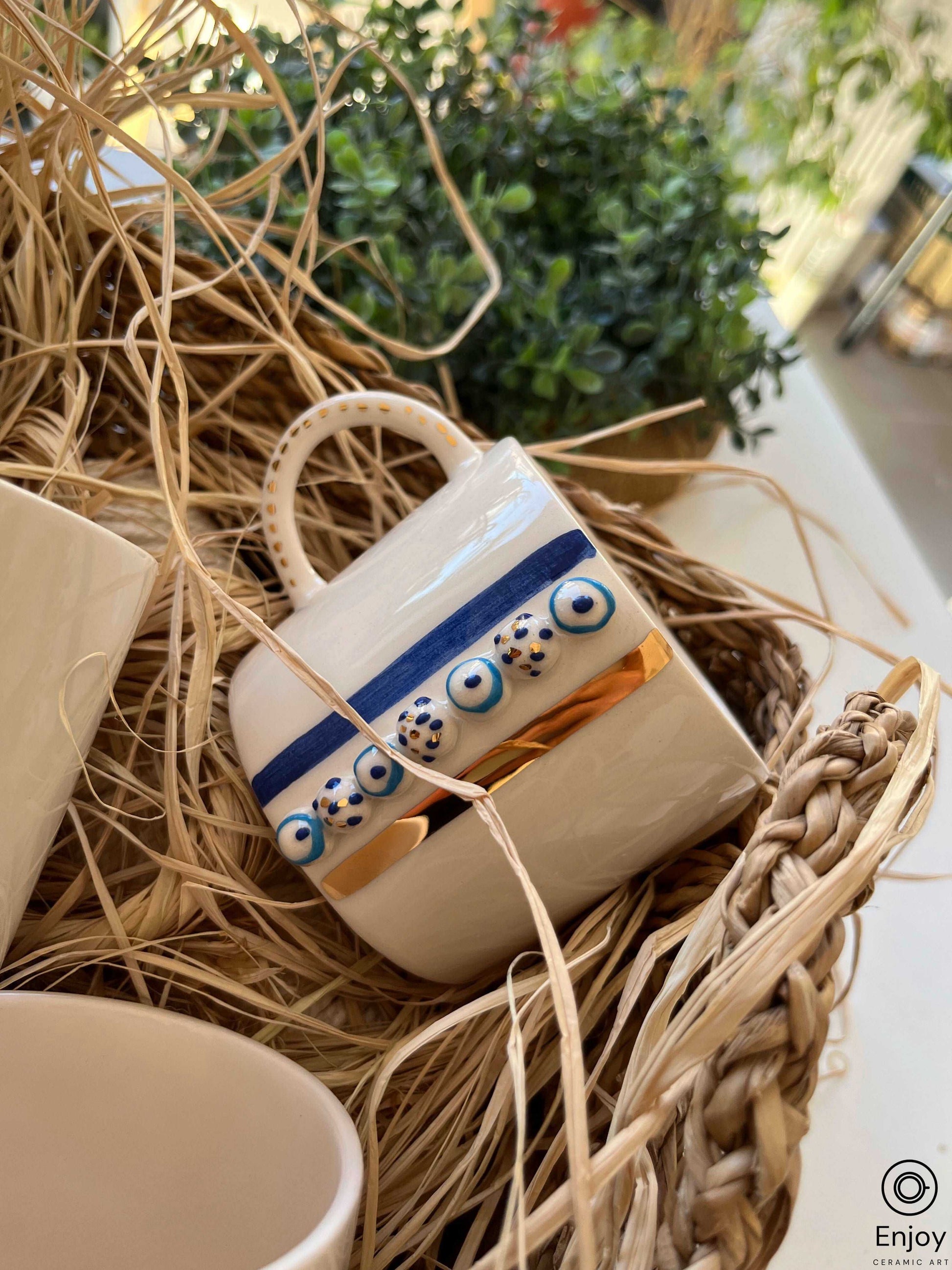All about Top News Sites
All about Top News Sites
Blog Article
Unique Art Things To Know Before You Get This
Table of ContentsThe Facts About Unique Art RevealedThe Best Strategy To Use For Unique ArtIndicators on Unique Art You Should KnowLittle Known Questions About Unique Art.
While one might dispute which art form holds precedence, the truth remains that each of these seven kinds gives an unique window into human background, society, and evolution. They are the tapestries that chronicle our trip, advising us of our past while motivating visions for the future.Excellent art work narrates, makes individuals look two times, and creates a special experience that can not be matched. Art and images connect all of that with color, form and other design aspects. Find out how to make your unique art work stand out from the group.
3 Emil DervishIn this entrance by Emil Dervish that gorgeous cobalt blue door steals the program. To bring even much more dramatization, he prolonged the paint. to the doorframe and the wall up, ending up in an arched shape. The curves, along with a spherical sconce, soften the edges - Unique Art. Frameworks classic posters and maps of cherished places established the scene.
8 TRIA GIOVANEqual components grand and laidback, this entrance hall created by Anthony Baratta is the ideal plan to comply with if you're decorating an official entryway that still feels unfussy and comfy. Formed fabrics take spotlight (see the rugs and the couch), but they additionally aid bring the high ceilings down to a human scale when hung over wallpaper.
The Greatest Guide To Unique Art
18 Heidi Caillier DesignA gallery wall does not require to take up the entire room. Sometimes a tiny one can make a larger style statement. In this living room, Hiedi Caillier opted for micro-mini structures and a random make-up.
The components of this languageits shapes, lines, colours, tones, and texturesare utilized in various ways to create experiences of quantity, area, movement, and light on a flat surface. These elements are incorporated right into expressive patterns in order to represent actual or mythological phenomena, to translate a narrative theme, or to produce entirely abstract aesthetic partnerships.
Later the concept of the "great artist" created in Asia and Renaissance Europe. During the 19th century painters in Western cultures started to lose their social placement and secure patronage.
Little Known Questions About Unique Art.
Others earned a revenue through exploring exhibitions of their job. The demand to interest a market had actually changed the comparable (if much less impersonal) demands of patronage, and its effect on the art itself was probably similar too. Unique Art. Generally, artists in the 20th century can reach a target market only with industrial galleries and public museums, although their job might have been sometimes duplicated in art periodicals
For the background of paint in old Egypt, see Egyptian art and design. The hop over to here growth of painting in different regions is treated in a number of short articles: Western painting; African art; Central Oriental arts; Chinese painting; Islamic arts; Japanese art; Oriental art; Indigenous American art; Nautical art and style; South Oriental arts; Southeast Asian arts. For a conversation of the imitation of artworks, see bogus. For a discussion of the role of painting and other arts in faith, along with of using religious icons in art, see spiritual symbolism and iconography. For information on other arts connected to paint, see articles such as drawing; folk art; printmaking. It is the sense of certainty in this formal organization that provides a great paint its self-sufficiency and visibility. The colours and placement of the primary photos in a design may be in some cases largely made a decision by representational and symbolic factors to consider. Yet it is the official interaction of colours and shapes that alone is qualified of connecting a certain mood, producing optical experiences of room, volume, movement, and light and developing forces of both consistency and tension, also when a paint's narrative symbolism is rare.
Do not duplicate the design of various other artists if you're trying to find your style. Duplicating other individuals's artwork can be terrific in educational objectives however it will certainly not make you closer to finding your own one-of-a-kind style. Your creative style has to be, what you like and what motivates you.

Some Ideas on Unique Art You Should Know
You need to attempt great deals of various alternatives and discover every little thing prior to you can concentrate on one particular design or you'll be burnt out, or worse, you'll hate read what he said your very own design. I recommend you to attempt every solitary topic that you're interested in, explore as much as you can. Try various tools that excite you and new techniques you have actually never this content ever attempted before.
With time you'll have the ability to sort all of them into your favored and least favorite groups. Try to concentrate your interest on the subjects and tools that you like and prior to you see it coming you'll have your very own personal and one-of-a-kind design, like no one else have! In the end you'll have a couple of preferred subjects to repaint and perhaps a couple of favorite tools.

Report this page